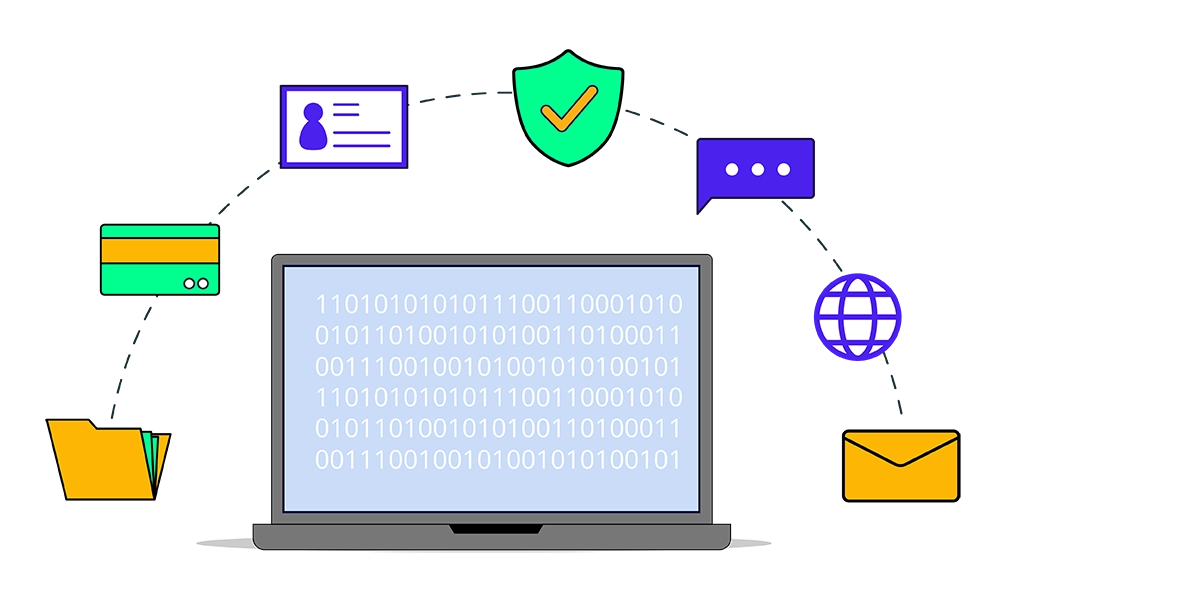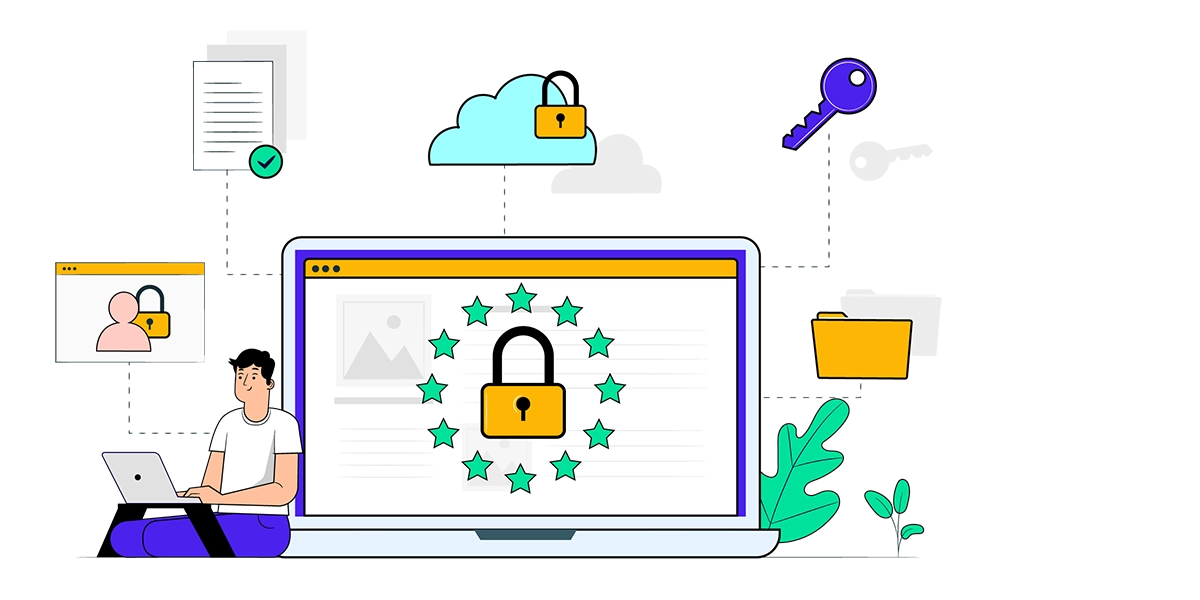Quantum computing represents one of the most exciting technological advancements of our time, promising to…

The secret sauce of software: Understanding business rules and algorithms
We know algorithms are a part of how technology works, but what exactly are they? You could compare it to the step-by-step instructions of a recipe that tell computers how to solve problems or perform tasks. The recipe provides the ingredients and their required quantities, which order to add them together, and the cooking temperature and time for an ideal result.
An algorithm works similarly, giving a computer or software application precise instructions like “If this condition is true, then take this action”. By following these instructions, it can perform tasks ranging from sorting information to making recommendations, all based on the carefully crafted rules.
Instead of relying on complex machine learning systems, at Sapher we use what’s called “business rules” to define our algorithms. These rules are clear, specific instructions that determine how our software should behave in different situations.
All software comprises algorithms, even when it’s not immediately obvious
Even the most basic software functions, like displaying text on a screen or file saving, rely on algorithms. These might be simpler, but they’re still step-by-step instructions that tell the computer what to do.
When X was Twitter, they introduced a relevance-sorted feed, and many users complained it was “algorithmic” compared to the original chronological feed. Both types of feeds are based on algorithms. The chronological feed uses a simple algorithm that sorts posts by time, while the relevance-sorted feed uses a more complex one that considers various factors to determine which posts you might find most interesting.
Business Rules vs. Machine Learning
There are different approaches to creating algorithms. As we mentioned, Sapher focuses on using business rules, which are clear, predefined guidelines that determine how our systems work. These rules are explicit instructions that tell our software what to do in specific situations.
A straightforward business rule example is: “If a user attempts to log in more than three times with an incorrect password, lock the account.” This rule allows creating algorithms that behave in predictable and transparent ways.
We use these business rules to build our algorithms because they’re transparent, meaning we can easily explain how our system decides. They’re also highly controllable–we can quickly adjust or update rules as needed without having to retrain an entire system.
In contrast, machine learning approaches rely on training algorithms on large datasets to recognise patterns and decide. While it works all the same, these systems can sometimes be “black boxes,” making it difficult to understand exactly why they make certain decisions. They also require significant amounts of data, which makes them challenging to adjust quickly.
The term “black box” refers to a system where you can see the input and output, but the internal workings are not visible or easily understood. In machine learning, particularly with complex models like deep neural networks, the decision-making process can become so intricate that even the creators of the system may not fully explain how the algorithm arrived at a specific decision.
Our business rule approach allows us to maintain control, transparency, and flexibility in our algorithms, ensuring we can provide reliable and explainable solutions to our users.
Behind every algorithm is human thinking
While algorithms seem a purely technical construct, when developers create algorithms, they bring their own perspectives, experiences, and assumptions to the process which shape how the algorithm works.
For example, the creators of a recommended movies algorithm might assume viewers prefer newer films, or only like movies similar to ones they’ve watched before. Sometimes, these assumptions can be “unmarked”, meaning they’re so ingrained we don’t realise we’re making them — like assuming someone celebrates Christmas. In designing a health app, this could look like only tracking metrics relevant to younger users and unintentionally excluding older users’ needs.
Given how human assumptions influence all human communications and interactions (consciously or not), approaching algorithm creation with awareness and deliberate thought is essential.
Instead of relying on complex systems that might perpetuate hidden biases, explicit business rules help ensure our algorithmic decisions result from a conscious choice. It’s also easier to document each rule for later reference, where we can explain exactly why our algorithms make certain decisions and quickly update our systems when we identify areas for improvement or when regulations change.
How business rules power Sapher’s security features
Here’s a glimpse into how we apply business rules to protect our users:
- URL Structure Analysis: We flag URLs with suspicious characteristics, such as excessive hyphens or numerals in the domain name.
- Domain Age and Reputation: New or previously flagged domains raise red flags.
- SSL Certificate Verification: We warn you about sites lacking a valid SSL certificate, which encrypts data and protects your privacy.
- Content Analysis: We identify pages requesting sensitive information on non-reputable sites.
- User Feedback Integration: User reports help us refine our rules and identify new threats.
By combining these clear business rules with features like website URL scanning and user profile attribute analysis, Sapher delivers powerful, flexible security protection.
Staying curious and informed
We hope this explainer has shed some light on how people create and use algorithms. Having a grasp of algorithms helps you understand how decisions are made that shape our online experiences, from social media content to shopping recommendations. This knowledge also empowers you for making choices about digital products and services you use.


